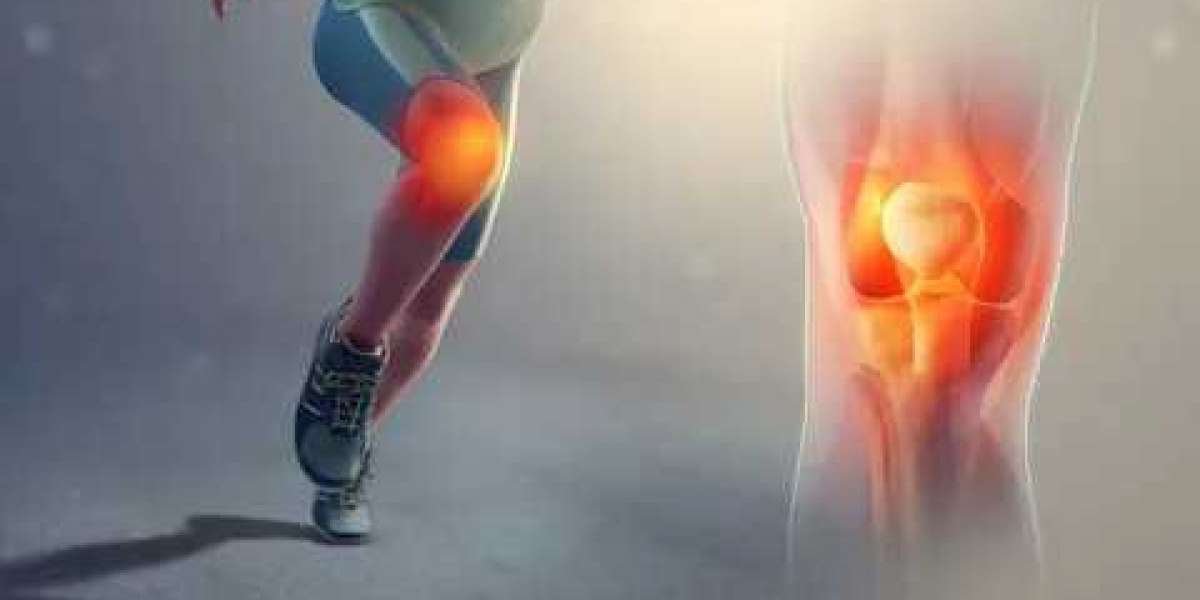First of all,
Throughout history, numerous treatment approaches have been investigated in the pursuit of effective pain relief. The use of heat for therapeutic purposes, or thermotherapy, is one such modality that has withstood the test of time. Heat has been used to reduce pain, relax muscles, and aid in healing from ancient times and even in modern medicine. In this piece, we examine the therapeutic properties of heat and the advantages of thermotherapy for the relief of pain.
Thermotherapy: An Understanding of How Heat Alleviates Pain
Thermotherapy uses heat's inherent therapeutic qualities to relieve pain and enhance general health. Applying heat causes the body to undergo physiological changes, such as blood flow increasing, muscles and soft tissues relaxing, and vasodilation. Together, these processes lessen inflammation, improve tissue healing, and lessen pain.
Vasodilation and Increased Blood Flow:
Heat widens blood vessels, which leads to an increase in blood flow to the area that is impacted. This improved circulation speeds up the healing process by supplying wounded tissues with oxygen and nutrients and encouraging the elimination of metabolic waste products.
Application of heat aids in the relaxation of tight muscles and the relief of muscle spasms, both of which are common causes of pain relief. Heat encourages the release of tension and increases tissue temperature, which lessens stiffness and discomfort by improving flexibility.
Pain Gate Control hypothesis:
According to this hypothesis, which holds that non-painful stimuli like heat can prevent pain signals from reaching the brain, thermotherapy may also affect how much pain is felt. Heat "closes the gate" on pain transmission by activating large-diameter nerve fibers that transmit sensations other than pain, thereby relieving and comforting.
Types of Heat Therapy: From Traditional Methods to Contemporary Developments
Numerous methods and approaches are included in heat therapy, each with specific advantages and uses for pain relief. Heat treatment is a modern technology that has developed to fulfill the many demands of people seeking pain relief, from traditional methods originating in ancient civilizations.
Warm compresses and hot packs:
These straightforward yet efficient thermotherapy techniques include applying heated materials to the skin. Warm water, microwaveable packs, or electric heating pads can be used to make these with ease. Hot packs are frequently used to relieve joint pain, stiffness, and muscular aches.
Warm Water Therapy:
Soothing thermotherapy that relieves pain for a range of ailments involves submerging oneself in warm water, as in a hot tub or whirlpool. The warmth of the water encourages relaxation and circulation, while its buoyancy eases the strain on muscles and joints. For ages, people have used hydrotherapy—which includes saunas, hot springs, and hot tubs—for its medicinal properties.
Infrared Therapy:
Infrared light is used in this therapy to produce heat that enters deep into tissues and relieves specific pain without heating the surrounding air. Popular techniques for encouraging relaxation, lowering inflammation, and easing pain related to ailments like fibromyalgia and arthritis include infrared saunas, lamps, and heating pads.
Tips and Best Practices for Using Thermotherapy for Pain Relief
Applying heat in a safe and efficient manner is crucial to maximizing thermotherapy's advantages and achieving the best possible pain relief. The following are some pointers and ideal procedures for adding thermotherapy to your regimen for pain relief:
Observe Safety Guidelines:
To prevent burns or skin harm, use caution when applying heat. Always heed the directions provided by the manufacturer, and stay out of the heat for as long as possible. To avoid direct contact, place a barrier—such as a towel or piece of cloth—between your skin and the heat source.
Select the Correct Temperature:
For heat therapy, the ideal temperature ranges are normally 104°F to 113°F (40°C to 45°C). Before using, check if hot packs or warm compresses are the right temperature—they should be cozy but not heated.
Limit Duration and Frequency:
To prevent skin irritation or overheating, keep heat therapy sessions to no more than 15-20 minutes at a time. In between treatments, let the skin calm down; do not use heat on the skin all the time.
Combine with Other Therapies:
Cold therapy, massage, stretches, and exercise are a few other pain-relieving techniques that can be combined with thermotherapy. Try out various combinations to determine which one best suits your needs.
In summary
With thermotherapy, you can safely, naturally, and effectively relieve pain by using heat's therapeutic properties to ease discomfort and enhance overall health. Using infrared technology, warm water therapy, or hot packs, heat therapy offers a flexible and easily accessible way to improve quality of life and manage pain. Through comprehension of thermotherapy's workings and integration into an all-encompassing Pain Relief program, people might encounter the metamorphic advantages of warmth for overall recovery and wellness.



